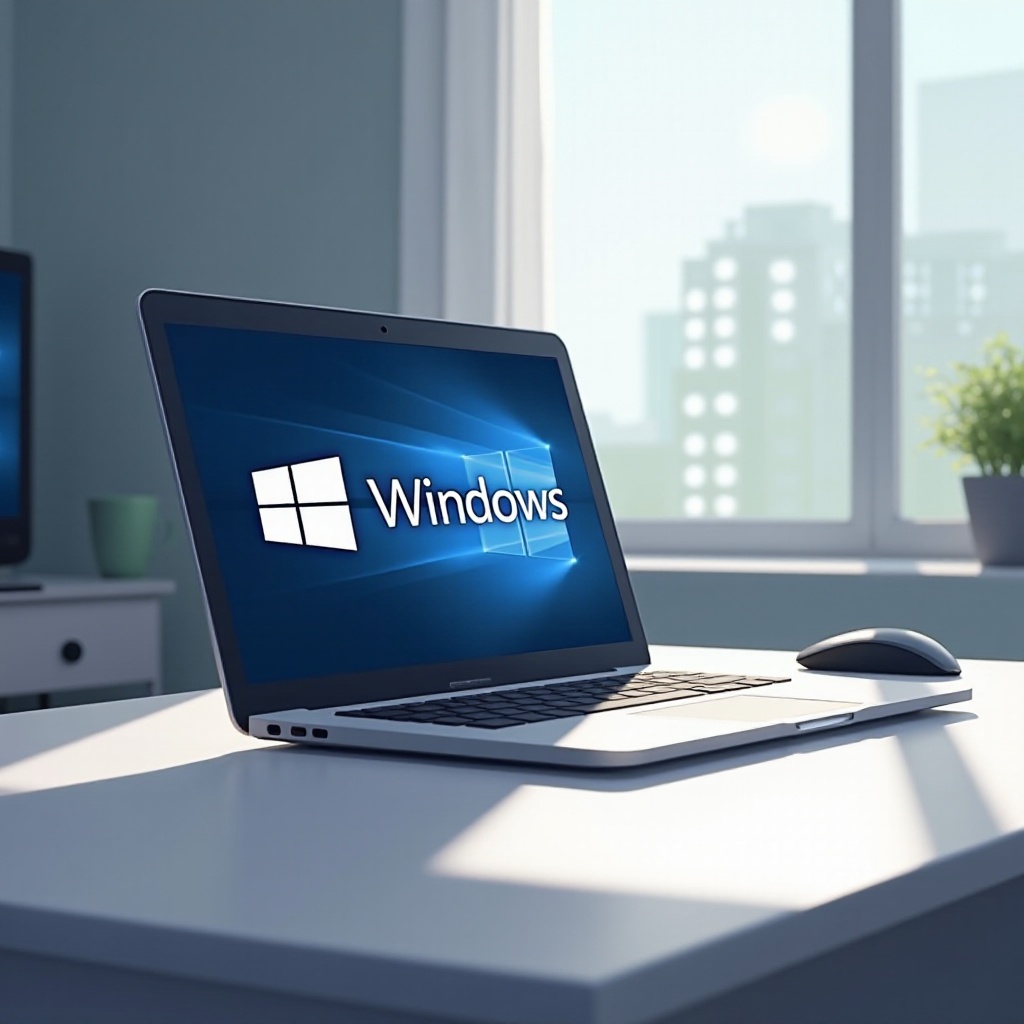Introduction
Reinstalling Windows 11 can be a daunting task, especially if you wish to retain all of your applications and personal data. Whether your system is underperforming or you simply desire a fresh start, you don’t need to part with your essential apps. This comprehensive guide will walk you through the process of reinstalling Windows 11 while preserving your current setup. With the right preparation and a detailed approach, you can enjoy a rejuvenated system without the burden of reinstalling all your apps one by one. Let’s delve into the steps involved in achieving this balance seamlessly.

Preparing Your System for Reinstallation
The first step towards a successful Windows 11 reinstallation involves careful preparation. Ensuring your device meets the minimum requirements for Windows 11 is crucial. This means having a compatible processor, at least 4GB of RAM, and 64GB of storage should suffice. In addition, it’s wise to check for and install the latest updates via Windows Update under your settings. This might resolve existing issues without the need for reinstallation.
Before proceeding, assemble all necessary licensing information and passwords as they might be essential during the process. Updating critical drivers serves as another means of ensuring a smooth reinstallation. With these preparations complete, it’s time to focus on backing up your data—a critical step towards protecting your information.

Creating a Backup of Your Data
Backing up your files and settings is indispensable before proceeding with reinstallation. Here are several methods to achieve this:
-
Use File History: Access Settings > Update & Security > Backup. Connect an external drive to select as your backup device.
-
OneDrive Backup: Leverage your Microsoft account to enable OneDrive for automatic folder sync and backup.
-
Third-party Software: Tools like Acronis True Image or EaseUS Todo Backup offer comprehensive backup solutions for wider data coverage.
These backup strategies safeguard your data in case an unexpected event occurs during reinstallation.

Utilizing Windows 11’s In-Place Upgrade Feature
The in-place upgrade is an excellent method that allows Windows 11 reinstallation without losing personal data or apps. Here is a step-by-step guide to use this feature effectively:
-
Download the Installation Assistant: Head to the official Microsoft website and grab the Windows 11 Installation Assistant.
-
Launch the Installation Assistant: Follow the onscreen instructions carefully by running the tool.
-
Choose ‘Keep personal files and apps’: Opt for keeping files and apps to ensure they are retained once the reinstallation is complete.
-
Complete the Installation: Proceed through to the end following instructions to upgrade and retain your previous setups.
The entire process might take anywhere from 30 to 90 minutes depending on the system specifications. This method is ideal for addressing system woes without a full reset.
Reinstalling Windows 11 via Installation Media
For those who prefer to use physical media for reinstallation, this approach remains viable and effective. Follow these steps:
-
Create Installation Media: Utilize the Media Creation Tool from Microsoft’s website to craft a USB or DVD installation media.
-
Boot from the Media: Restart your system and boot from the installation media, often by tapping a key like F12 during startup to open the boot menu.
-
Select ‘Upgrade’: During the setup process, choosing the ‘Upgrade’ option facilitates a Windows reinstall that preserves your apps and data.
-
Follow Prompts: Adhere to the instructions displayed as you proceed with the installation.
The installation media method is particularly useful if booting into Windows normally isn’t possible.
Post-Reinstallation Steps
Once Windows 11 reinstalls successfully, several subsequent tasks will enhance your system:
-
Verify Apps and Data: Confirm that both applications and data remain intact and functional.
-
Update Drivers: Update hardware drivers via Device Manager to maintain optimum performance.
-
Configure Windows Update: Enable automatic updates in Settings > Update & Security to keep your system secure.
These post-reinstallation steps fine-tune your system for seamless day-to-day usage.
Troubleshooting Common Issues
Despite a generally smooth process, some challenges may arise:
-
Missing Apps: Reinstall them from their official sources if necessary.
-
Driver Conflicts: Resolve issues via Windows Troubleshooters or the Device Manager.
-
Activation Errors: Verify activation status through Settings > Update & Security > Activation.
Tackling these problems promptly maintains productivity and minimizes downtime.
Conclusion
Reinstalling Windows 11 without losing important apps is achievable with the correct methodology and tools. A structured approach and leveraging Windows 11 utilities will breathe new life into your system without the tedium of manually reinstalling all applications. Always ensure you backup data before starting a reinstallation, securing peace of mind for any unforeseen complications.
Frequently Asked Questions
Can I reinstall Windows 11 without losing any apps or data?
Yes, using the in-place upgrade method or installation media with the ‘Upgrade’ option lets you retain apps and data.
What should I do if some apps are missing after reinstallation?
Reinstall missing apps manually from Microsoft Store or the app vendor’s website.
Is it necessary to back up files before reinstalling Windows 11?
Yes, backing up files ensures data security should anything unexpected occur during reinstallation.
